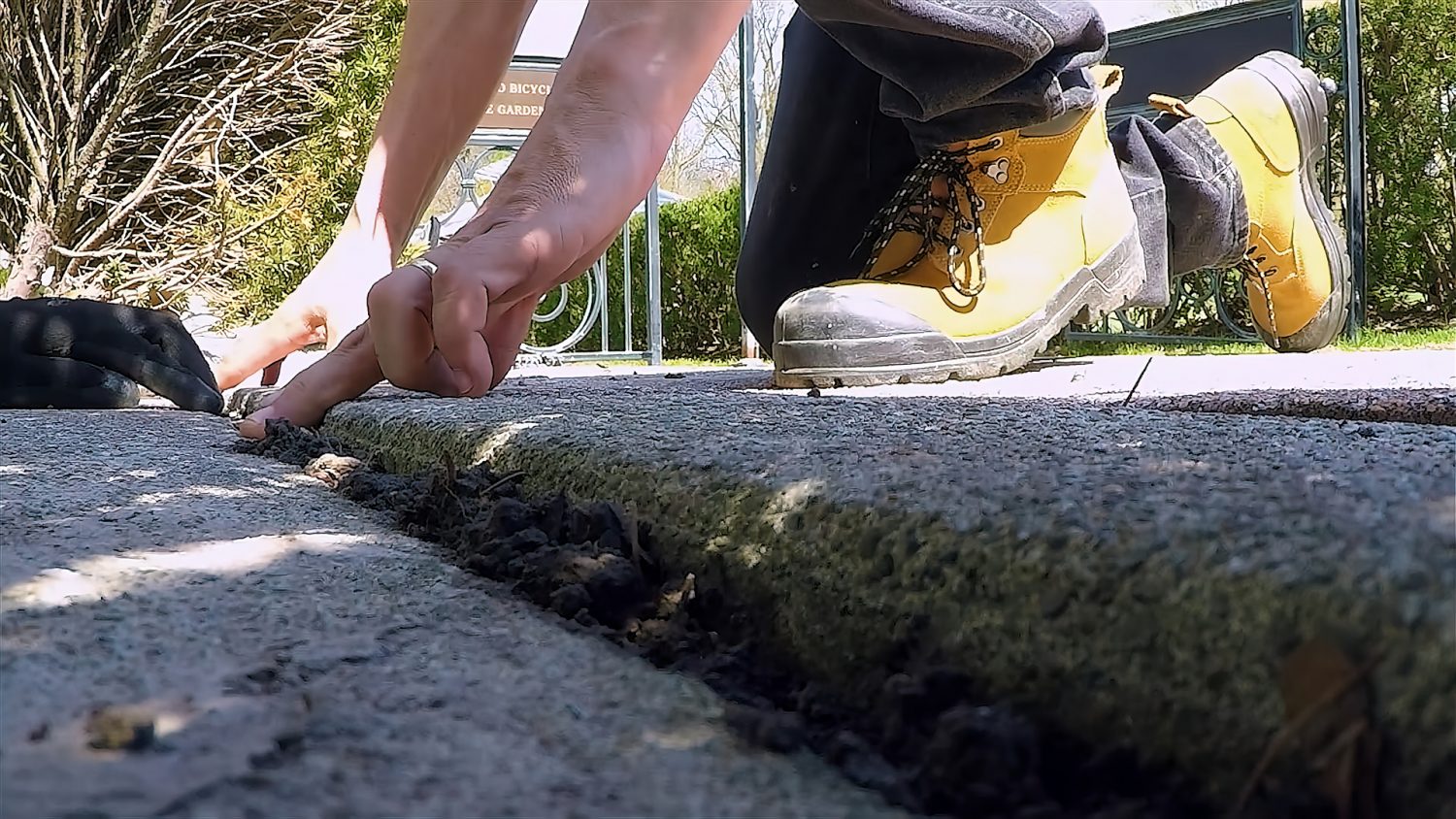Repairing Damaged or Cracked Concrete
When it comes to concrete, you might want to heed the know-how of an expert. In that spirit, John Dinicolantonio, of Canadian Concrete Leveling, discusses the process and benefits of polyurethane for repairing damaged concrete driveways. Keep reading for some FAQs.
Q: How do you fix tripping hazards or sunken concrete?
A: By using patented polyurethane technology, three or five eight-inch holes into the concrete. Then, high-density polyurethane is injected into the concrete. The polyurethane fills gaps in liquid form and then expands. As it expands, not only does it lift or level the concrete, but it actually compresses the soils underneath as well.
Q: Why is this process more effective than other methods?
A: Other methods, such as mud jacking, are a temporary solution. Mud jacking is a mud and concrete mixture that is forced, at high pressures, underneath of the concrete slab to to lift and level it. This process is less effective because mud is prone to drying out and washing out. In addition, this mixture is very heavy. On the other hand, polyurethane, is extremely lightweight, compresses loose soils underneath, is 100 percent waterproof, and it isn’t affected by changing temperatures.
Q: What are the main benefits for customers?
A: First of all, there is no mess associated with the process, as it utilizes a 300 foot injection hose. This means there won’t be a ton of machinery on your property, and the invasive construction will be minimal. Second of all, the polyurethane process is time-effective. Most repairs can be done in 30 minutes.











